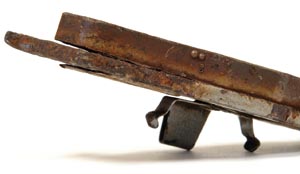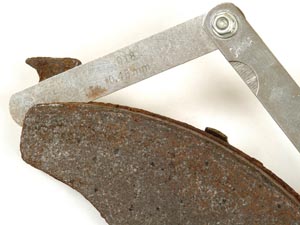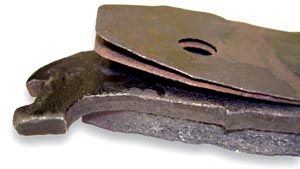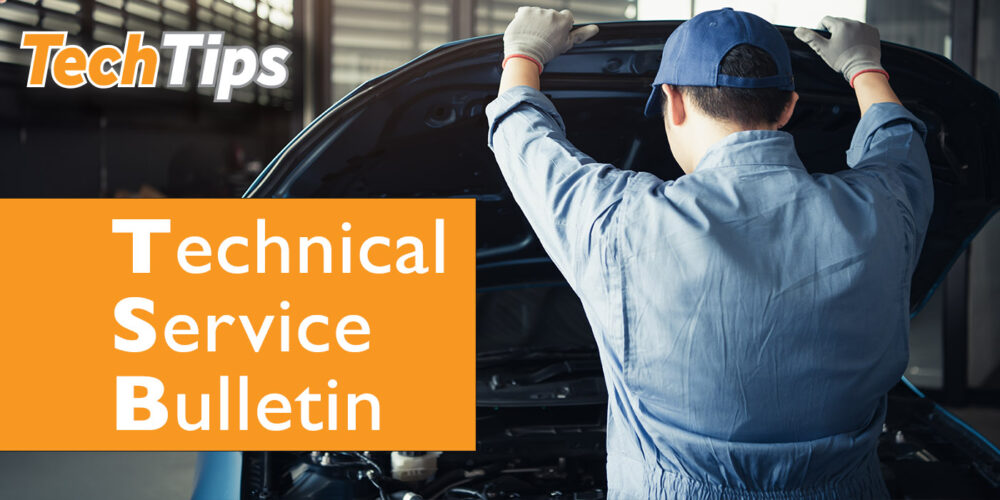If you’re seeing an increasing number of noisy brake pads that require replacement before they reach the middle of their duty cycle, the root cause may be lift (partial delamination) of either the friction material or shim from the backing plate.
We all know that brakes are subject to significant wear and tear during normal operation, but with a number of today’s drivers either overloading or over-driving their vehicles, brakes are often experiencing heat and shear loads that are well beyond what the OEM predicted. This type of overheating degrades the brake pad – not necessarily the material strength of the friction material or the shim, but the bond between shim and plate or friction material and plate.
 This is usually obvious on brake pads that under-go rapid heat/quench cycles. The rapid expansion and contraction of the plate can flex the plate in relation to the friction material and “break” the bond. Once the bond is broken, it allows the plate and friction material to resonate at different frequencies, creating noise, and typically this vibration and delamination process will continue.
This is usually obvious on brake pads that under-go rapid heat/quench cycles. The rapid expansion and contraction of the plate can flex the plate in relation to the friction material and “break” the bond. Once the bond is broken, it allows the plate and friction material to resonate at different frequencies, creating noise, and typically this vibration and delamination process will continue.
In these cases, you can easily observe the “edge-lift” and see the progressive delamination, starting typically from the “leading edge” of the brake pad, and you can easily slip a feeler gauge into the gap. But, in many cases, the edge lift – or delamination – is not easily visible.
 The build up of debris or surface corrosion at the join between friction material and plate can mask a delaminated edge, but any degradation of the bond will cause the NVH characteristics of the pad to change, usually resulting in noise.
The build up of debris or surface corrosion at the join between friction material and plate can mask a delaminated edge, but any degradation of the bond will cause the NVH characteristics of the pad to change, usually resulting in noise.
The same situation can arise with shims. Excessive loading and/or excessive heat will degrade either the shim materials or their attachment to the plate, reducing or removing their ability to control/mitigate the NVH/Frequency characteristic of the pad and caliper assembly. Again, this is obvious in extreme cases; however you need to check carefully to determine the actual state of the shim and the integrity of its bond.
 In both cases, you need to consider upgrading the friction material you’re installing to match a level of vehicle use that is obviously beyond what the OEM considers to be “average.” Look at products that are designed for heavier loads, or perhaps just heavier feet.
In both cases, you need to consider upgrading the friction material you’re installing to match a level of vehicle use that is obviously beyond what the OEM considers to be “average.” Look at products that are designed for heavier loads, or perhaps just heavier feet.
Tech tip courtesy of NUCAP Industries.
For additional information on products offered by NUCAP, visit www.Nu-lokshims.com.













